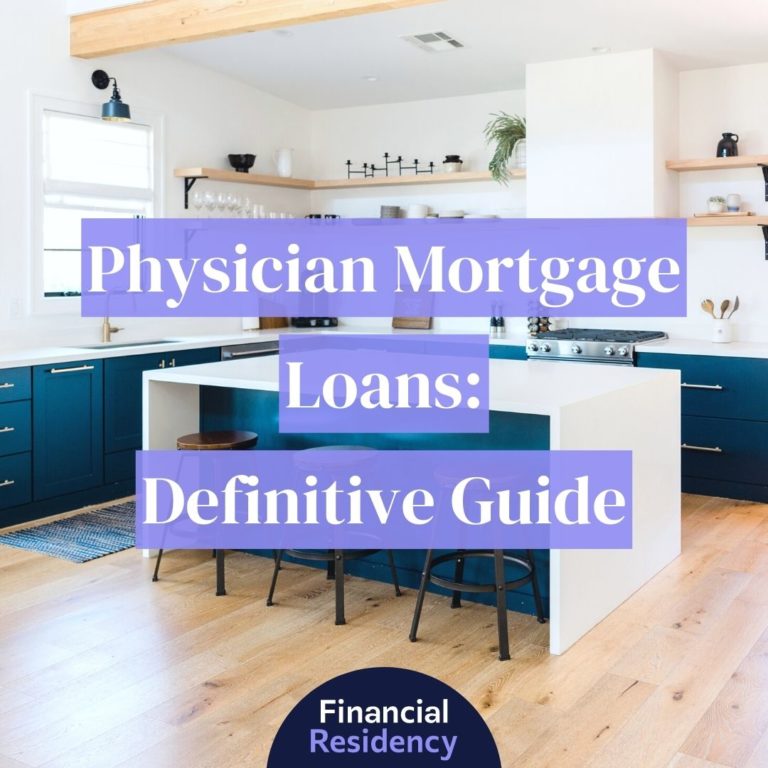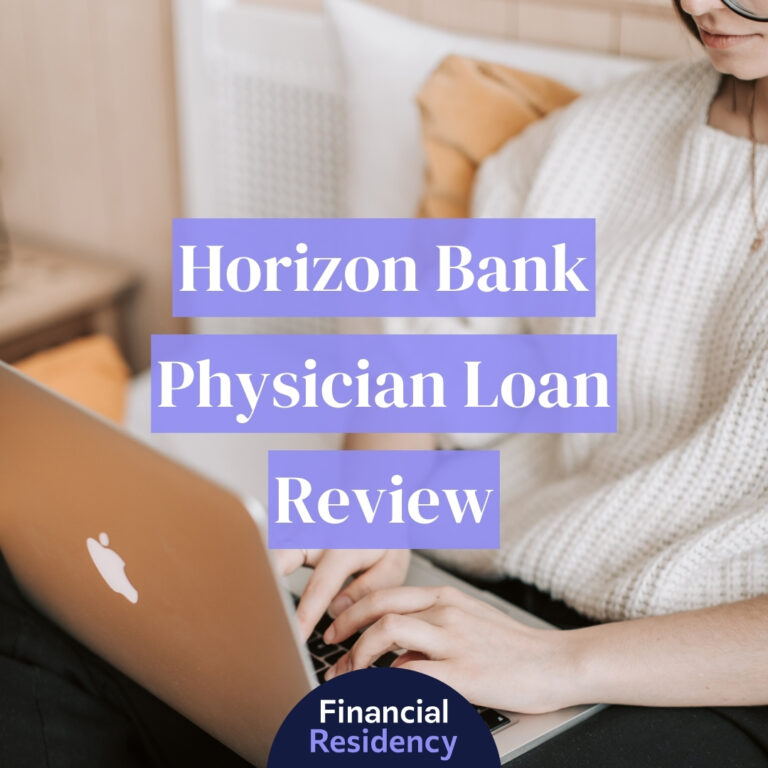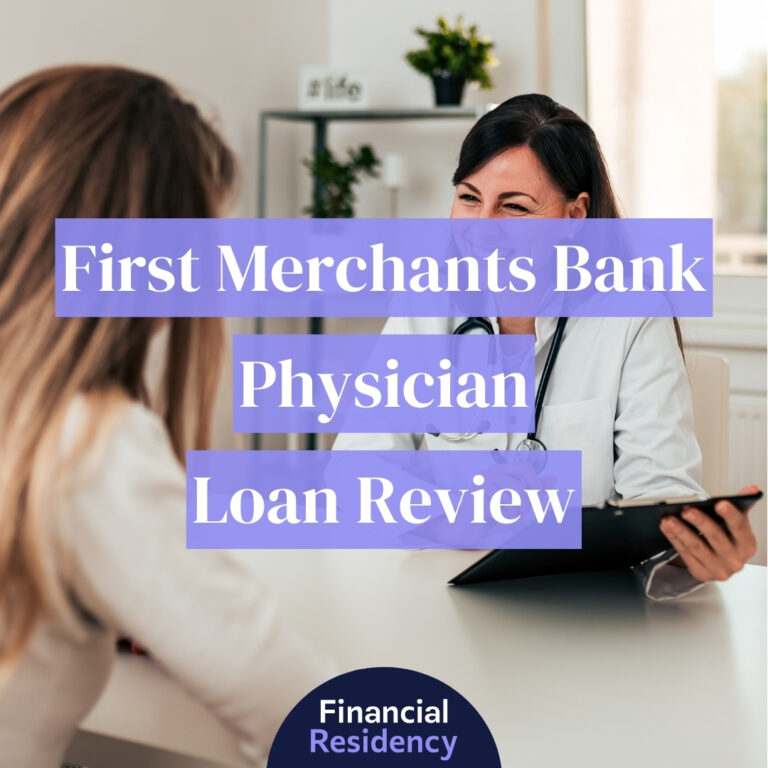Many banks offer physician loans, including Simmons Bank.
Knowing how these loans work and how the Simmons Bank physician loan stacks up to the competitors can help you determine if it’s right for you.
About Simmons Bank
Simmons Bank is a community bank that operates in six states. In business for the last 120 years, they’ve grown to a company with $27 billion in assets.
They have over 200 locations in Arkansas, Kansas, Missouri, Oklahoma, Tennessee, and Texas.
- BBB Score: A+
- CEO: Bob Fehlman
- Parent company: Simmons First National Corporation
- Phone number: 866-246-2400
- Services offered: Personal and business banking
Simmons Bank Physician Loan: Fast Facts
Here are some quick facts about the Simmons Bank physician loan to help you determine if it’s right for you.
- Financing options: Up to 102% financing, but any amount above the sales price must be for closing costs, taxes, or insurance
- Qualifying degrees: Medical physician, dentist, oral surgeon, optometrist, veterinarian, or Certified Registered Nurse Anesthetist
- Private Mortgage Insurance: Not required
- Maximum loan amount: Not disclosed
Simmons Bank Physician Loan: Qualifications
You must meet their qualifications to qualify for a Simmons Bank physician loan. Like most banks, they have different guidelines for each borrower based on how much you need to borrow.
- Down payment: May qualify for no money down for lower loan amounts
- Loan type: Fixed and adjustable-rate loans
- Position: Residents, fellows, and doctors
How to Apply
Simmons Bank makes it easy to qualify for a physician loan, but the more prepared you are for the process, the easier it is to get approved. Here are the steps to take.
1. Get Pre-Qualified
Contact a loan officer to get pre-qualified to ensure you meet the Simmons Bank physician loan guidelines.
A pre-qualification means you discuss your qualifying factors but don’t have to provide documentation yet. The lender also won’t do a hard credit pull yet. Instead, they’ll take your information to see if it meets their requirements.
If you get pre-qualified, you’ll know how much you might borrow and on what terms. This makes it easier to decide whether to proceed with the process.
2. Gather the Necessary Documents
If you decide to move forward with the process, you must provide Simmons Bank with documentation proving you can afford the loan. This includes:
- Proof of income: You must show adequate income covering the mortgage payment and any existing liabilities. If you haven’t started your job yet but have an employment contract, you can provide that to the lender to prove your income. Otherwise, you must provide your paystubs and W-2s.
- Proof of assets: Even if you borrow 100% of the sales price, you may need money for closing costs. You can prove your assets with two months of bank or investment statements.
- Degree: You must prove you have the necessary medical degree required by Simmons Bank to qualify for their program, but this includes residents and fellows.
- Student loan documentation: If you have deferred student loans, you may need to provide proof of the deferment to qualify for a physician loan.
3. Get Pre-Approved
With the abovementioned documentation, you are ready to apply for a physician loan. To apply, you’ll complete a formal application and provide the underwriter with the documentation that proves you qualify for the loan.
After completing the application, the underwriter will pull your credit and evaluate your documentation. They will determine if your credit score, income, assets, and current debts meet the loan program requirements.
If you meet the lender’s requirements, the lender will pre-approve you, but with conditions. The underwriter cannot fully approve the loan until you have an executed sales contract on the property. Additionally, a professional appraisal and title search must be completed to prove the home is worth enough money and that the seller can legally transfer it.
4. Satisfy the Conditions and Find a Home
The pre-approval letter you receive will be good for 60 – 90 days. During this time, you can look for a home and clear any conditions the underwriter placed on your approval. When you find a home and the seller accepts the offer, you must provide the underwriter with the executed sales contract.
If you don’t find a home within this time, you can ask for the pre-approval to be extended. To do this, you must provide the lender with updated documentation to prove you can still afford the loan.
5. Close the Loan
After clearing your conditions, the underwriter can clear your loan to close. This means you head to the closing table where you exchange funds from Simmons Bank or a combination of loan funds and money you’re contributing.
You’ll sign documentation stating you agree to take on the mortgage obligation and pledge the house as collateral should you not make your payments. Discover The Best Lenders Answer just a few questions about your career, where you're buying, and how much you want to borrow. Our service will then show you the exact programs you're eligible for from vetted physician loan specialists who will guide you through every step of the process – obligation-free!
Alternatives
The Simmons Bank physician loan is one option if you live in one of the six states in which it operates. If not, or if you want alternatives, here are some other options.
Huntington Bank
Like Simmons Bank, Huntington Bank has a no down payment option of up to $1 million. They also allow loans up to $2 million, but you need money down on them. You don’t have to worry about paying PMI; the program is open to MDs, DOs, DMDs, and DVMs. Unlike most banks, Huntington Bank requires applicants to prove they have mortgage services (liquid assets) to qualify for the loan.
Fulton Bank
Fulton Bank is a lender that offers 100% financing on loans of up to $1.5 million, which is higher than most lenders. You can also borrow up to $2 million with a 5% downpayment, and up to $3 million with 10% down.
Fulton Bank allows sellers to contribute up to 6% to closing costs, and like Simmons Bank, it allows you to close on the loan within 90 days of starting your new position.
BMO Bank
BMO Bank doesn’t have a no down payment option like Simmons Bank. You’ll need either 5% or 10% down on the home. But BMO Bank has flexible underwriting guidelines regarding debt-to-income ratio or requiring mortgage reserves. BMO Bank offers fixed and adjustable-rate loans.
Fifth Third Bank
Fifth Third Bank requires great credit scores of 700 or higher but allows 100% loans up to $750,000. New doctors may qualify to borrow up to $1 million with a low down payment, and established doctors can borrow up to $2 million. Fifth Third Bank offers fixed and adjustable-rate loans and has flexible underwriting guidelines for doctors.
Pros and Cons
Understanding the pros and cons of the Simmons Bank physician loan is important to determine if it’s right for you.
Pros:
- Allows LTVs of 102%
- Available to a large number of medical professionals
- No PMI required
Cons:
- Only available in six states
- A high LTV can lead to excessive debt
Frequently Asked Questions
Are Simmons Bank physician mortgage rates lower?
Physician mortgage rates are often higher than traditional loans because of the risk lenders take, and Simmons Bank is no exception. With no money down, Simmons Bank takes a big risk lending to doctors, and they compensate for it with a slightly higher interest rate.
How much will Simmons Bank lend me on a physician loan?
Simmons Bank has different limits depending on your qualifications when borrowing a physician loan. They don’t disclose their maximum loan amount as it’s on a case-by-case basis.
Who is eligible for the Simmons Bank physician loan?
To be eligible for a Simmons Bank physician loan, you must be in one of the following professions: medical physician, dentist, oral surgeon, optometrist, veterinarian, or Certified Registered Nurse Anesthetist. In addition, you must prove you have the credit score, income, and assets to qualify.





